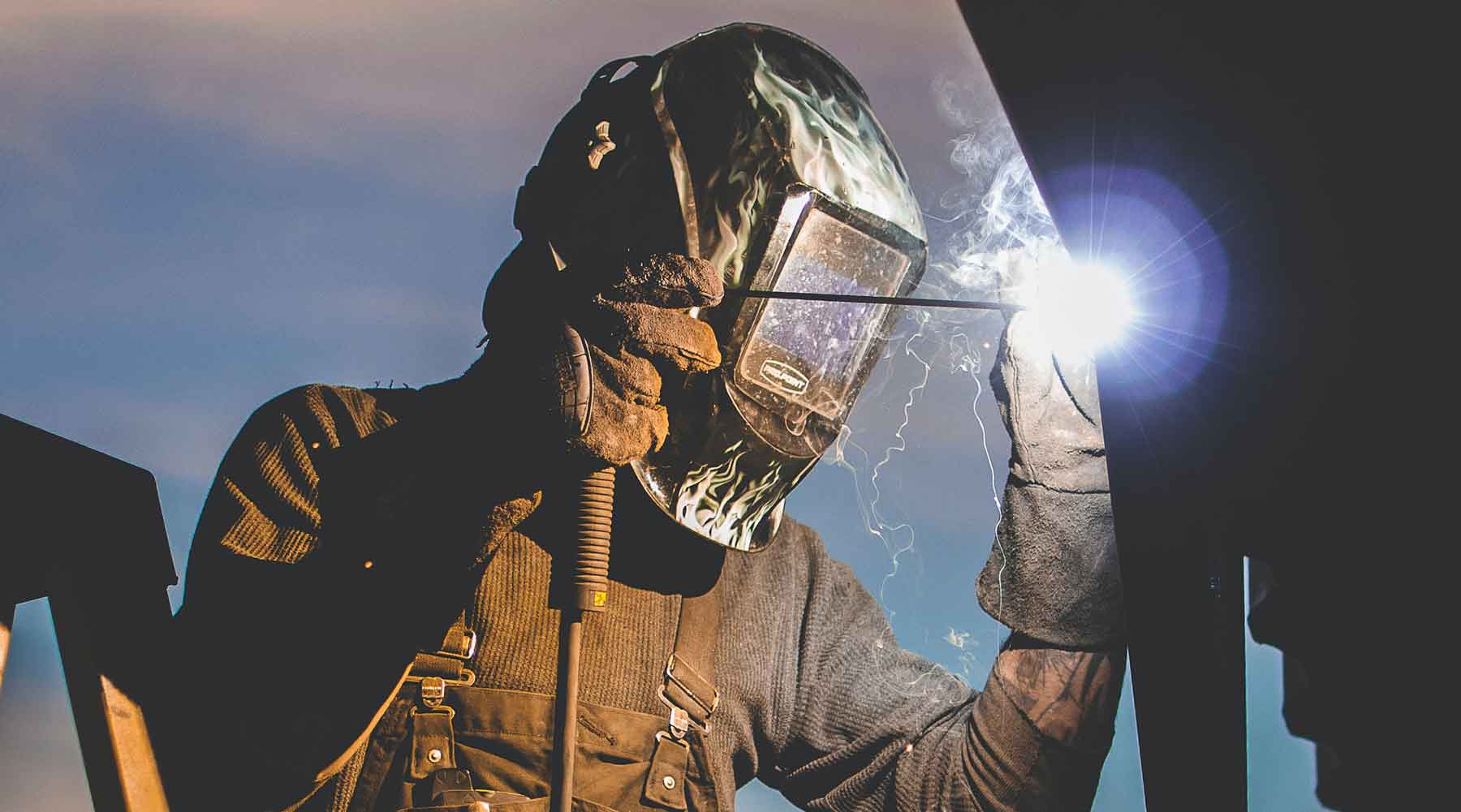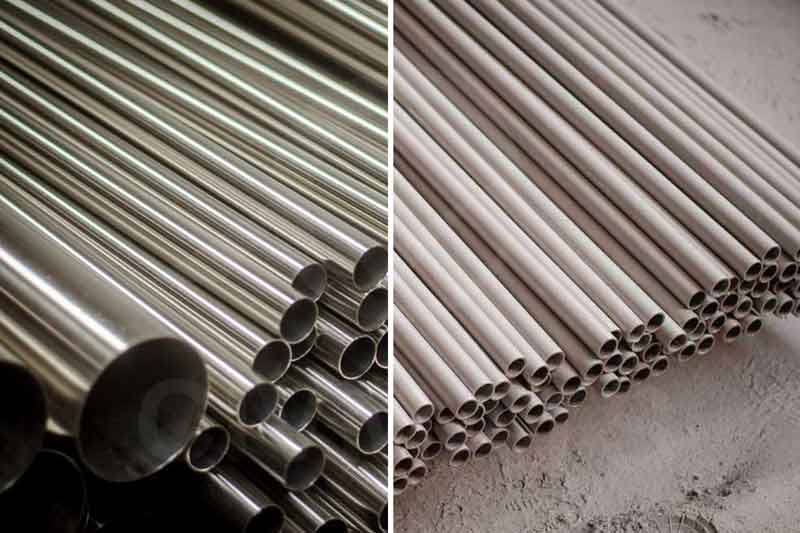Introduction of 254SMo
254SMo (also known as DIN 1.4547, UNS S31254, 00Cr20Ni18Mo6CuN) super austenitic stainless steel, is a type of six-molybdenum alloy. Type 254SMo is developed to accommodate the circumstance of halides and acids.
254SMo features extremely low carbon content. It means, the risk of carbide precipitation after heating is minimal.
Stainless steel 254SMo can pass Strauss Test (ASTM A262 Practice E) even after an hour of sensitizing heat treatment under a temperature of 600~1000 degrees. However, due to high alloy content, the metallic mesophase may precipitate on the grain boundary under above temperature range. Despite this, the precipitates will not put the stainless steel under the risk of intergranular corrosion if placed in corrosive mediums. Hence, 254SMo stainless steel can be welded free from intergranular corrosion. The matched welding rods are ENICRMO-3, and welding wire ERNICRMO-3. Kindly note these precipitates can incur intergranular corrosion in heat affected zones if subjected into hot concentrated nitric acids.

Introduction of 654SMo
654SMO, also named S32654, DIN 1.4652, is a kind of seven-molybdenum super austenitic stainless steel, developed from 254SMo with increased content of chromium, nickel, and molybdenum. 654SMO stainless steel contains 0.5% Nitrogen, 24% Chromium and 3% low manganese with its PRE value as high as 55. Stainless steel 654SMO boasts highest solid solutioned nitrogen under normal pressure, excellent in resistance to all kinds of corrosion. 654SMO can replace iron nickel based alloys, can even be a substitute to nickel based alloys in many mediums. Hence it fills the gap between stainless steels and high nickel corrosion resistance alloys where high pitting corrosion resistant and high crevice corrosion resistant stainless steel is void. 654SMO is the main type of seven-molybdenum super stainless steels. Adding 3% Mn can improve nitrogen content in steel and promote combination into high chromium, nickel and molybdenum, with the PRE value achieving at 55. This value is not only superior to all six-molybdenum stainless steels, but also superior to existing super ferrites and super duplex stainless steels. 654SMO solid solution boasts single austenitic structure, similar to six-molybdenum super austenitic stainless steels. Since 654SMO stainless steel is a type of seven-molybdenum steel with chromium, nickel and molybdenum content all high, inappropriate thermal processing, thermoforming and heat treatment can lead to precipitation of intermetallic phase and Cr2N etc. on the substrate. This can do harm to the stainless steel performance.
In regard to general corrosion, 654SMO features better corrosion resistance than 304, 316 & 904L in medium of H2SO4; 654SMO is better than 254SMo in HC and HF acids.
In terms of pitting corrosion and crevice corrosion, 654SMO is not only superior to six-molybdenum super austenitic stainless steels and super duplex stainless steel 2507, but also superior to Inconel 625 and Hastelloy C-276 in certain mediums.
With regards to stress pressure, 654SMO is likely to produce stress corrosion fracture when external pressure achieves σ0.2 of the steel while 254SMo and super duplex stainless steel 2507 are both inferior to 654SMO with lower fracture value.

